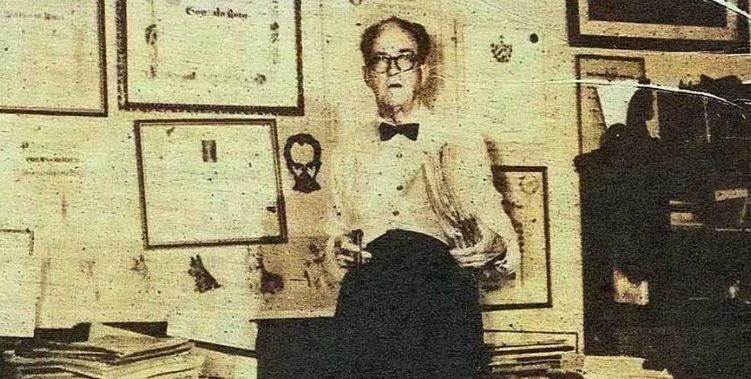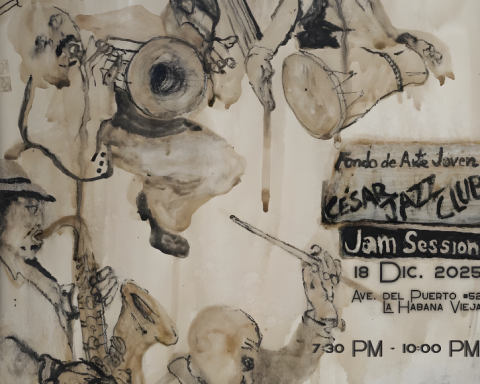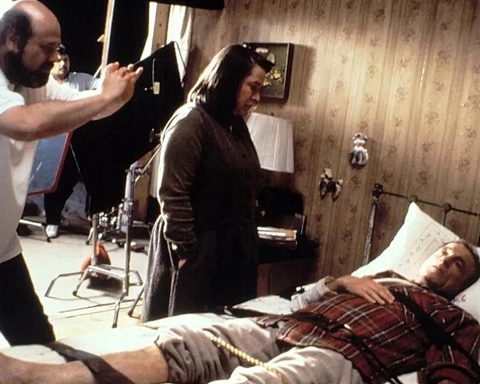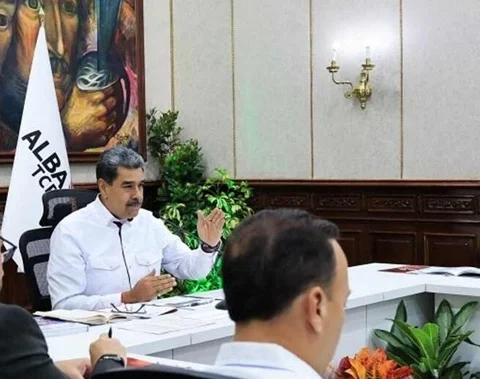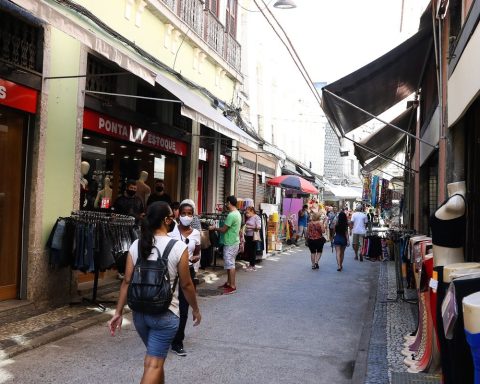MADRID, Spain.- This July 20 marks the 124th anniversary of the birth of Gonzalo Roig, an emblematic figure in the cuban musicRoig stood out as a composer and orchestra conductor and was one of the main promoters of the Cuban zarzuela, a genre that fuses lyrical and popular elements. On this anniversary we remember two great moments of his musical career.
Foundation of the Havana Symphony Orchestra
One of the most important moments in the life of Gonzalo Roig was the foundation, together with Ernesto Lecuona (1895-1963), of the Havana Symphony Orchestra in 1922. This event not only marked a milestone in his career, but was also a significant advance for symphonic music in Cuba. The Symphony Orchestra gave its first performance on October 29 of that year, in which Lecuona served as solo pianist, performing the Concerto No. 2 in G minor, Op. 22, for piano and orchestra by the French composer Camille Saint-Saëns (1835-1921), under the direction of Gonzalo Roig.
Prior to the creation of this orchestra, the performance of symphonic music on the island was sporadic and lacked a solid organizational structure. The Havana Symphony Orchestra enabled the regular performance of symphonic works and contributed to the formation of an appreciative audience for this musical genre. Under Roig’s baton, the orchestra not only performed works by international classical composers, but also promoted and disseminated the music of Cuban composers, providing a crucial platform for them to present their works.
Cuban zarzuela: Cecilia Valdes
Another significant contribution by Roig was his contribution to Cuban zarzuela, especially through his most famous work, Cecilia Valdes. Premiered in March 1932 at the Marti Theatrewith Roig himself conducting the orchestra, this zarzuela is based on the novel of the same name by Cirilo Villaverde and became a classic of the Cuban lyrical repertoire. Roig’s music, rich in nuances and deeply rooted in Cuban rhythms and melodies, captured the essence of the story and won the hearts of the audience.
Years later, the maestro would confess that that zarzuela consumed all his time and energy for more than a month. During that time he lived between home and the theatre, so that the result would be just as he wished: lasting.
Gonzalo Roig not only left a legacy of compositions and orchestral direction, but was also a tireless educator and promoter of music. In addition to zarzuelas, he composed berceuses, bolerosguajiras, couplets, criollas, criollas-boleros, dances and danzones, guarachas, habaneras, marches, medleys, pregones, guajiro points, tangos and a long etcetera.
Follow our channel WhatsApp. Receive the information from CubaNet on your cell phone through Telegram.
